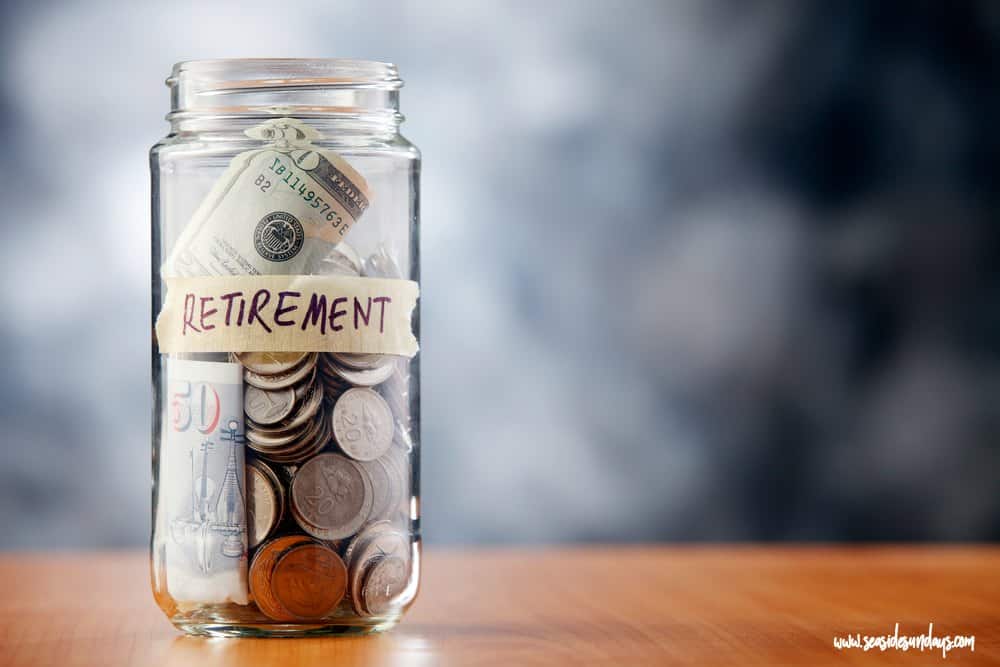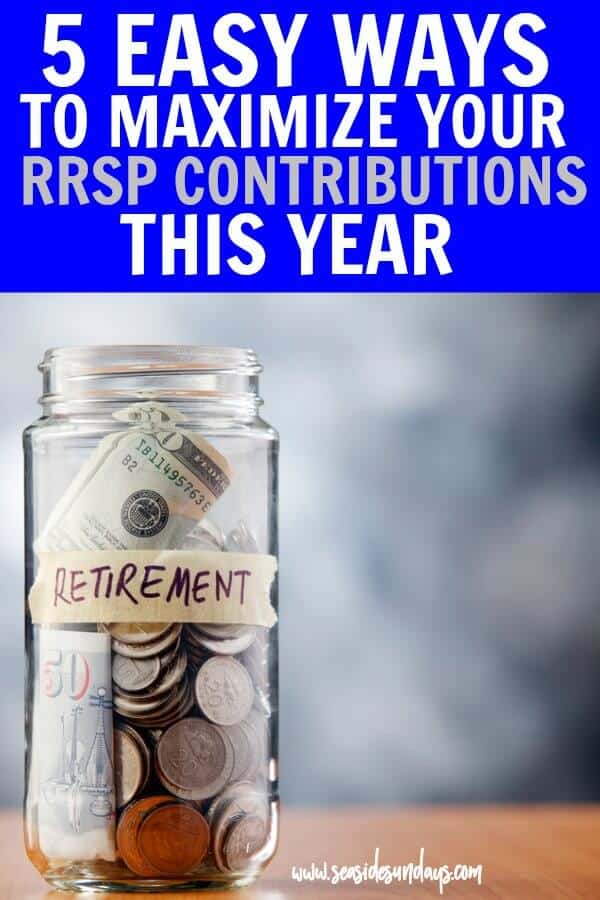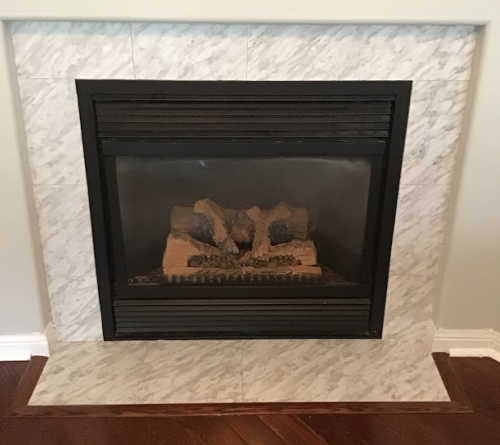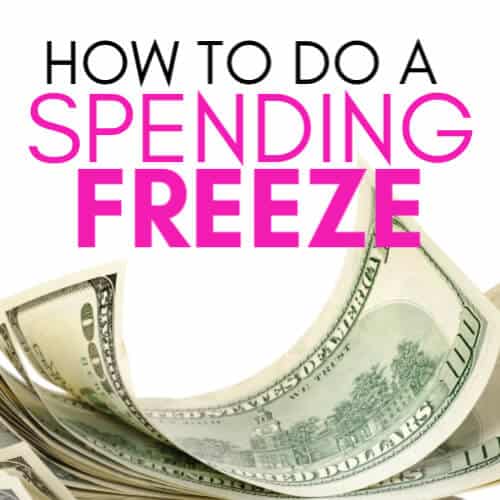5 Easy Ways To Maximize Your RRSP Contributions This Year
You know you should maximize your RRSP contributions but between daycare bills that are bigger than your mortgage and paying for all of your kid’s activities, it’s easy to let it slide.
The truth is, contributing to an RRSP has a ton of advantages beyond guaranteeing that you have a roof over your head in 30 years time.
In fact, RRSPs offer benefits that can actually help make these busy years a little less tight by giving you a bit more room in the budget now.

This is a sponsored post written by me on behalf of Sun Life Financial. All opinions are entirely my own.
What are RRSPs?
RRSP stands for Registered Retirement Savings Plan and they exist to help Canadians save for retirement.
They can be hard to understand because we often think of them as a type of investment when really they are a special type of account that holds different investments.
Another way they can be confusing is that there are 3 types of RRSPs – individual ones that you open yourself, spousal RRSPs and lastly, group RRSPs that are normally offered by employers or organizations such as unions.
What are the benefits of saving money in an RRSP?
1. RRSP contributions are tax deductible, meaning they reduce your net income on your tax return.
Your RRSP contributions can help to reduce your net income and result in a tax refund.
For example:
Laura lives in Ontario and makes $50,000 a year.
She contributes $200 a month to her RRSP throughout 2018 which reduces her total taxable income for the year.
When she does her taxes next April, she will receive tax savings of $711. i.e. she will pay $711 less tax in 2018 thanks to her RRSP contributions
2. Your money inside an RRSP grows tax-free
You don’t pay tax on an RRSP until you withdraw the money.
Assuming that your income will be less at retirement than in your peak earning years, you will pay less tax on that withdrawn money than you would have if the money was not put into an RRSP during your peak earning years.
3. You can use your RRSP to pay for your first home
If you are saving to buy your first home, the Home Buyers Plan allows you to use your RRSP savings for the down payment. You will need to start repaying the minimum annual amounts of the money to your RRSP the second year after the withdrawal and you have 15 years to repay the full amount.
The advantage of this is that you can use tax-advantaged money to partially fund your first home a little quicker.
4. Your lowered net income rate can mean more money in the form of the Canadian Child Benefit (CCB)
All families with a net household income of less than $200,000 receive the Canadian Child Benefit each month.
As the amount you receive each month is based on your net income, maximizing your RRSP contributions will reduce your net income and could result in larger CCB payments the following year.
How much should I contribute to my RRSP?
The maximum you can contribute to your RRSP each year is 18% of your earned income up to a max of $26, 230 (as defined by your previous year’s tax return). You also carry over any unused RRSP contribution room for future years.
Calculating Your RRSP Contributions
These factors can help to determine your RRSP contribution planning:
- Your age
- Years to retirement (or desired retirement age)
- Current RRSP savings balance
- How much you contribute now
The first two variables are especially important because the sooner you start saving in an RRSP, the longer your savings have a chance to grow tax-free.
The best and easiest way to see if your savings are on track is to use an RRSP Contribution Calculator. Sun Life has a great RRSP calculator that will give you a snapshot of where you stand and how you can improve your retirement outlook.
Calculate where your RRSP savings stand now
5 Easy Ways To Maximize Your RRSP Contributions
We’ve covered the “why” of contributing to your RRSP but what about the “how”?
It’s easier than you think to maximize your RRSP contributions if you are motivated.
The key is to be consistent about putting something aside each month for retirement rather than panicking during “RRSP season” in January and February each year.
Here are 5 Tips for boosting your retirement accounts painlessly:
1.Reinvest all or some of your tax refund each year
If you get a tax refund in April, allocate a portion to go right into your RRSP. That way you are using your tax savings to create even more tax savings further down the road.
2. Put any “found money” into your RRSP
Found money could be:
- Bonus Money
- Rebates from purchases
- Money you receive as gifts
- Inheritance
- Money earned using cash back apps and sites
- Money made from selling unused items online or in a garage sale
Investing your extra income means growing your contributions painlessly. As you don’t rely on found money to cover your daily expenses, you won’t feel the pinch when you use all or a portion of it to invest in your RRSP.
If it seems silly to invest small amounts into your RRSP, remember that it all adds up over time and the earlier you start contributing to your RRSP, the more you take advantage of compound interest.
What about pay raises?
A really easy way to maximize your RRSP contributions without even noticing it is to automatically put any increase in salary directly into your RRSP.
Continue to live as you did before the raise and siphon all your extra income into your retirement.
3. Set up automatic withdrawals from your pay cheque
The trick to being consistent with your retirement savings is to make them a priority. It’s easy to wait until the end of the month and then find there is nothing to spare. Before you know it, a whole year has gone by.
The easiest way to make regular contributions to your RRSP is to automate your savings. Set up a direct deposit from your paycheque or from your chequeing account directly into your RRSP so the money is contributed before you have had a chance to spend it.
4. Take advantage of free money from your workplace
Many companies offer a program where they will match your RRSP contributions up to a certain amount, typically 3-6%. This is free money that can help you to maximize your RRSP faster.
Take advantage of these programs and to join your employer’s group RRSP program as soon as you are eligible. I would advise always saving as much as you need to get the maximum employer match, it doesn’t make sense to leave any free money on the table.
5. Free up some cash
Look at your budget and see where you can tighten your belt without feeling the pinch.
The easiest way to do this is to log your spending for a month so you get an idea of where your money goes.
It will likely be an eye-opening experience! I always find that rather than big purchases affecting my budget, it is the small amounts that I fritter away each month that do the most damage.
Some Tips For Cutting Your Household Budget:
31 Clever Ways To Save Money On Groceries
10 Silly Things People Waste Money On
31 Clever Ways To Save Money And Live Better
For even more tips on saving for retirement, sign up for the FREE 4 day email series from Sun Life Financial.







